Birdwatching can occur when you least expect it
Those who know Naturalists Club members often share birding experiences with us. Recently an observer watching three American wigeon ducks on the Chenango River saw a peregrine falcon stoop for a duck a few feet off the water’s surface and miss. Another birder watched a male American kestrel eat a mouse. When you know that the success rate for birds of prey is only one in ten, you realize how luck helps. It’s all in being there at the right time.
Another naturalist, attaching new license plates to her car on March 29, heard a twitter and looked up at a male tree swallow on a utility line. For several years a swallow pair have raised young in her yard’s nest box. She said, “I immediately retrieved it [the box] from the garage and set it in its place where he promptly checked it out. This is much earlier than I’ve ever had my resident birds return.” Her records show return dates of April 11th and 6th for the last two years. She speculated that he “must have had a strong tail wind!” Swallows return to Capistrano on a certain date each year. Broome’s swallows, evidently, have more flexible schedules.
The horned grebes seen recently are in breeding plumage. The yellow feather tufts, or “horns” contrast sharply with the dark red neck color. Ducks of many species are coming through along with American coots, pied billed grebes, common loons and Bonaparte’s gulls. Several birders reported pipit, killdeer, flicker, gray catbird, kingfisher, chipping sparrow and turkey vulture. Naturalists also saw spotted salamander, wood frog, muskrat, painted turtle and mourning cloak butterfly.
The first day of spring had reports of meadowlark, phoebe and kestrel. The next day rusty blackbirds and fox sparrows stopped at area feeders. The nasal “peent” sound of an American woodcock was heard near Oakley Corners.
A birder at Hawkins Pond saw six bluebirds, a pileated woodpecker and a Northern raven. He heard a barred owl call four times in the afternoon from the hillside above the Hemlock Cliffs Trail. A great horned owl fledgling was spotted at another county park. Three people saw Eastern towhees on April 2nd and 3rd.
On April 4th a migrating bird, not often seen inland, was spotted resting, preening and diving on a pond at Aqua-Terra Park. Identified as a red-throated loon, it nests on Arctic ponds, winters along seacoasts and is smaller than the common loon more often seen here in migration.
Two birds reported over the weekend were golden crowned kinglets at Aqua-Terra Park and a surf scoter on Quaker Lake, PA.
From now until May Day we can marvel at the migrating wood warblers with bright breeding plumages. After that day, tree leaves will block our view of these foraging wonders, which vie with ducks for striking, colorful plumages.
On one day each May for the past 16 years a naturalist has recorded bird species seen or heard at a Pennsylvania preserve with woods, field, and swamp habitats. He has racked up 102 different species with 69 as the highest single day total. Twenty-two species of wood warblers are on his list. Warbler species choose specific forage areas. Look for some in treetops, others on ends of branches, large branches near the trunk, lowest tree limbs or shrubs.
Good April and May birding to you.
Birders’ Watch is provided by members of the Naturalists’ Club of Broome County. This column was written by Eileen Patch. For information on the Naturalists Club, write P.O. Box 191, Vestal, N.Y. 13850.
Posted in Birders Watch Columns | Comments Off on Birdwatching can occur when you least expect it
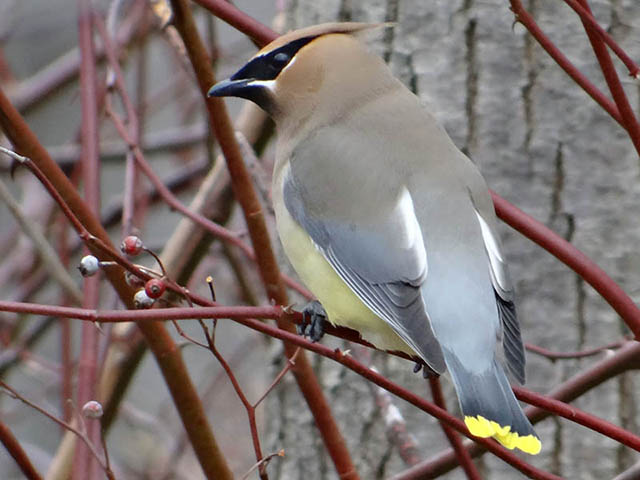
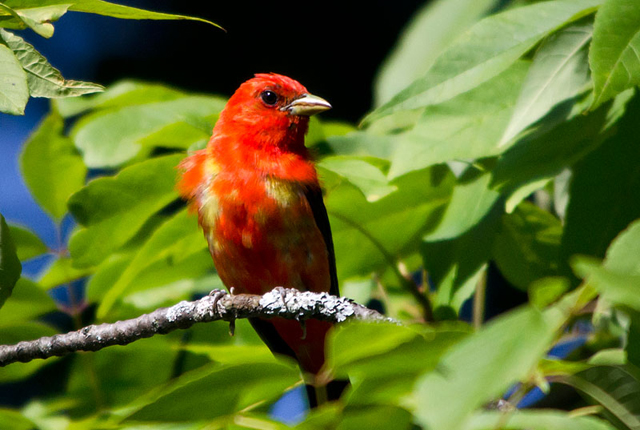
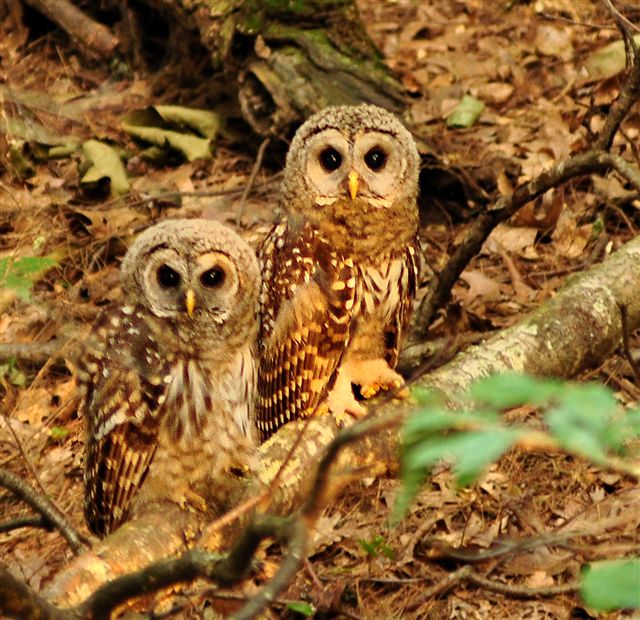
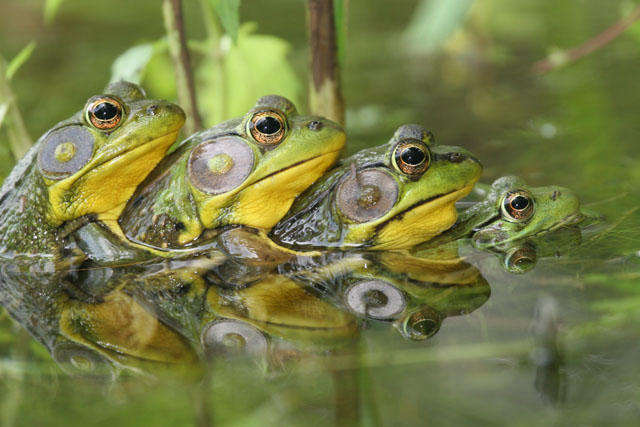
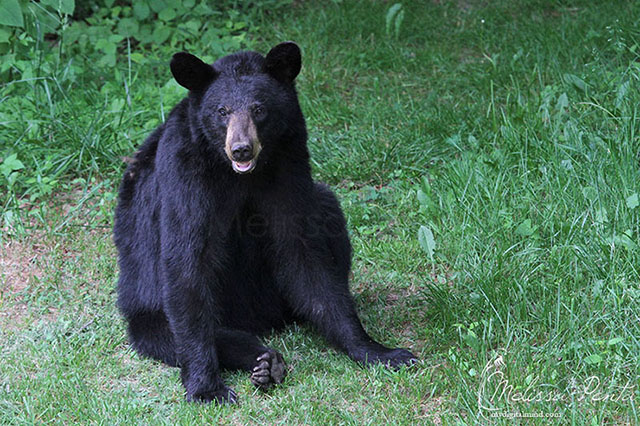
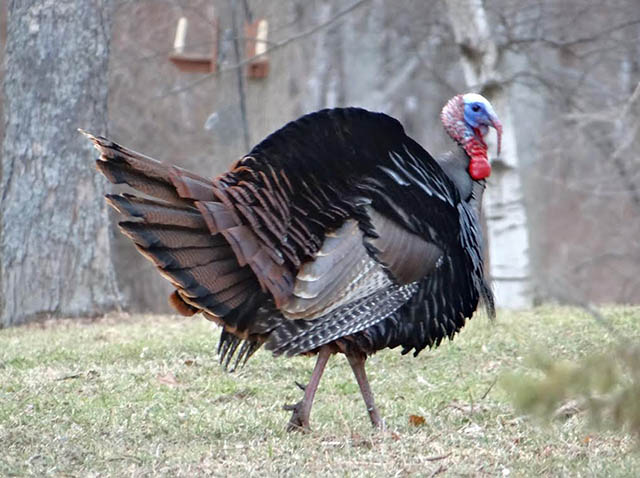
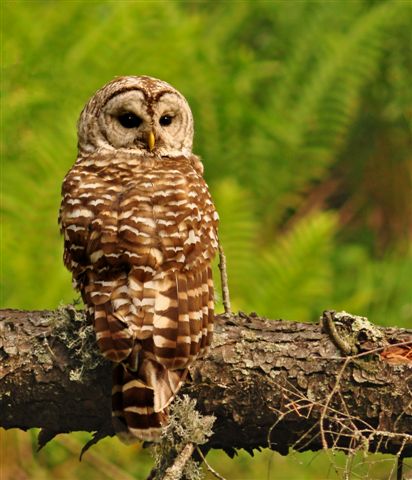
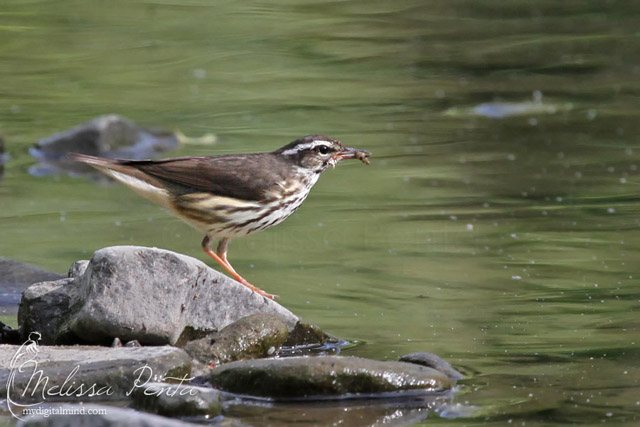
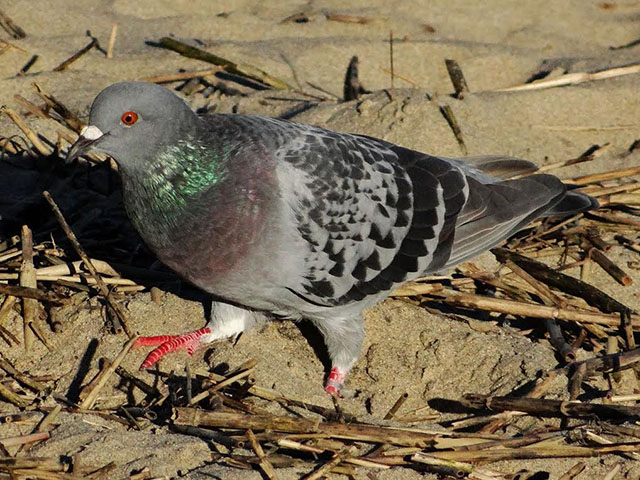
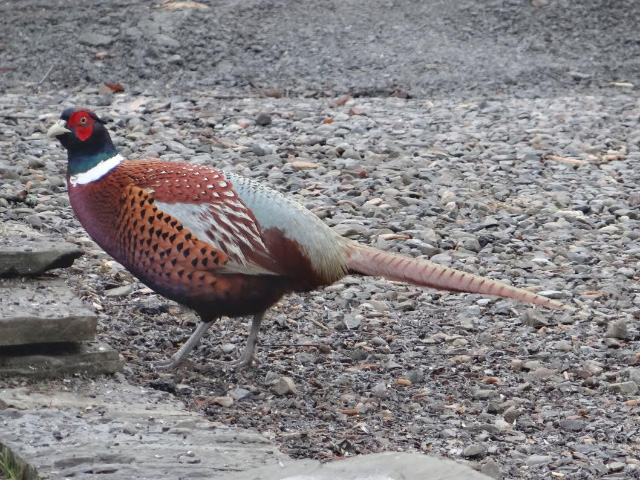
Comments are closed.